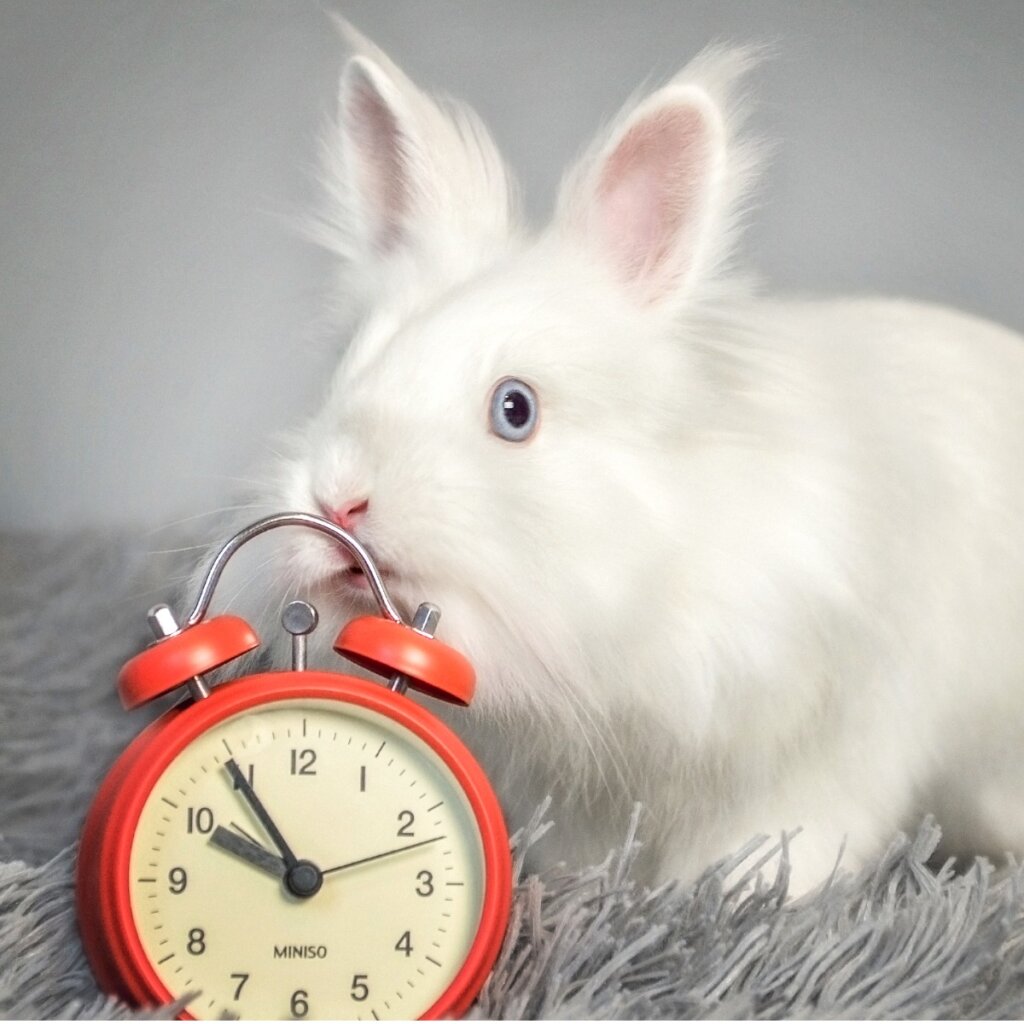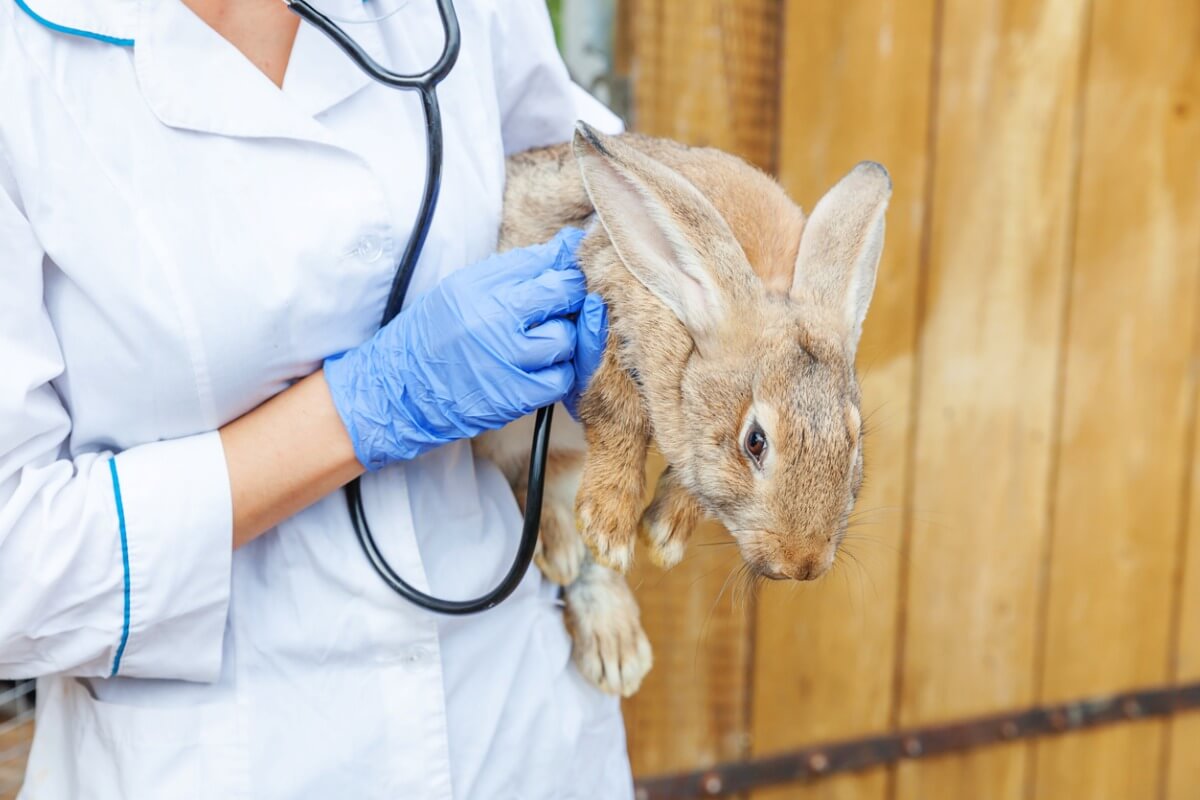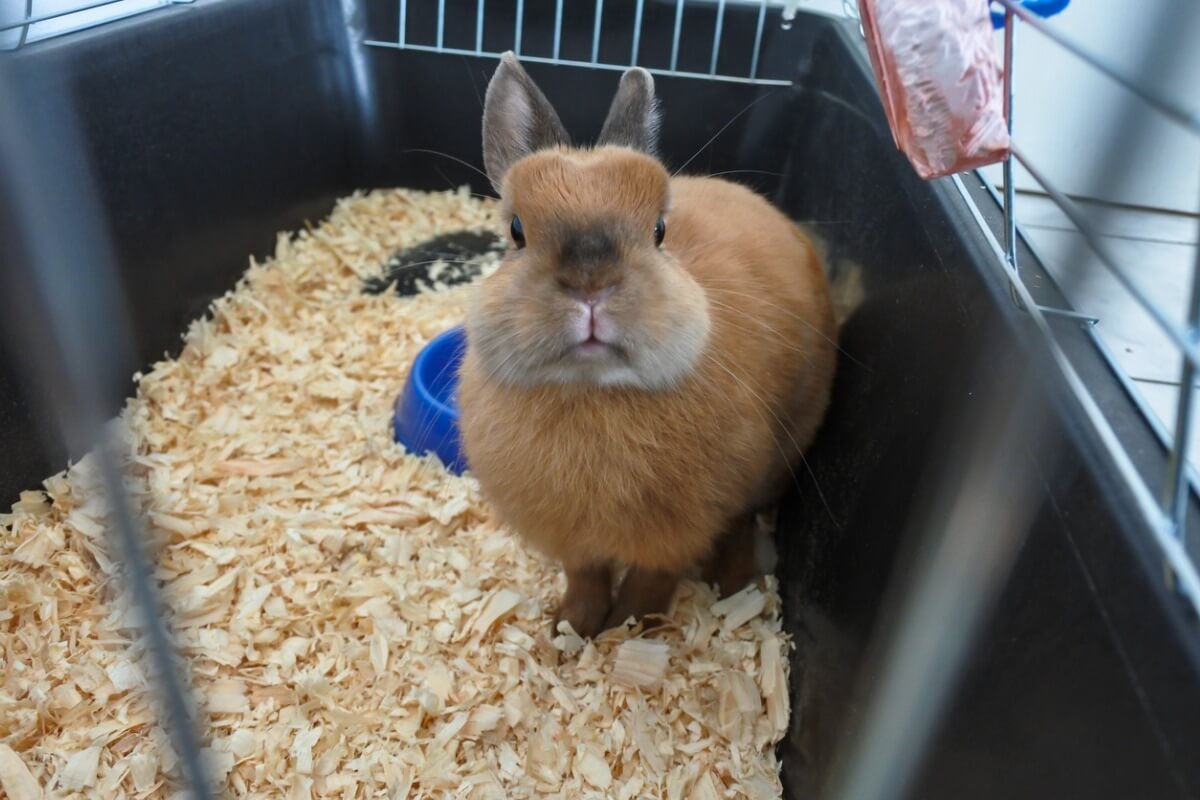How Long Can a Rabbit Live?

Being fragile animals and somewhat complex to keep in captivity, it’s normal to wonder how long a rabbit can live. Although there’s a general answer to this question, the figure may vary depending on the breed and how well you look after it.
If you want to get a more or less reliable estimation of how long your rabbit could live, here are some criteria to do so, as well as tips to prolong its life. Don’t miss it.
How long can a rabbit live?
The life of a wild rabbit is hard and full of dangers. Even with their great running speed and flighty nature, the sheer number of predators they have (wolves, owls, eagles, lynxes and more) makes their life expectancy quite short.
A common rabbit living in the wild has a life expectancy of 3-4 years. You also have to take into account that they’re exposed to the dangers of diseases in their environment, as well as infections, inclement weather, and even human intervention.
Rabbit reproduction strategy
“How come rabbits don’t go extinct?”, you may ask. With that many hazards in their lives and so few years of life, you’d think they’d be at risk of disappearing. However, the species that form the basis of many small predators’ diets also have ways of enduring over time.
In particular, rabbits follow the “r” reproductive strategy , which consists of producing numerous offspring and expending little effort in terms of parental care. A rabbit becomes sexually mature at 4 months of age, gestates for 32 days and can give birth to up to 12 offspring. They’re short-fused animals that reproduce a lot in a very short time.
In this way, the population remains stable in spite of all the dangers it faces.

How long can a domestic rabbit live?
The life expectancy of a domestic rabbit is greater due to the absence of natural dangers, as it doesn’t face diseases, extreme cold, or heat. Of course, there aren’t any predators around, and it normally has no direct threats to its life.
However, as captive animals, these pets are highly dependent on how their owners look after them. If they’re well looked after, the life expectancy of one of these lagomorphs is 5-10 years, and can even reach 12 years.
Life expectancy of the different rabbit breeds
Although the range is very similar among all of them, it’s true that some breeds are longer-lived than others thanks to their phenotypic characteristics (external and internal traits). Here are some examples:
- Polish rabbit: A life expectancy of between 5 and 7 years.
- American: Around 10 years.
- Dwarf or toy rabbit: Can live up to 8 years of age.
- New Zealand: 5-7 years.
- Lionhead rabbit: Can live between 7 and 10 years.
- Rex rabbit: On average can live between 8 and 11 years.
- European: 7 to 10 years.
- Dutch: Up to 10 years.
To give you an idea of the differences, rabbits artificially selected to have flat snouts and large eyes (such as dwarfs) are more likely to suffer from respiratory and dental disorders. Others, however, are more robust as they’re closer to their wild relatives.
Tips for prolonging your rabbit’s life
Now that you know how long a rabbit can live, you may be wondering how to get yours to break all records. Well, the secret is in the care they receive. It’s not just about giving your pet the best, but being consistent, and developing a good eye for signs of ill health. Here are some useful tips to achieve this.
A good diet
Rabbits are herbivores, but they don’t eat the same food in the wild as they do at home. If you live with a rabbit, you should take into account the following indications:
- It should always have hay available.
- They drink a lot of water, so provide it with a clean and fresh source.
- Give your rabbit a quality feed, always in pellets.
- Give it fresh leaves every day.
Exercise and enrichment
A rabbit can’t live in a cage. Ideally, it should be loose in the house or, at least, in a specially prepared enclosure so that it can’t damage anything or hurt itself. In addition, you should give them toys and objects designed for their species, as they’re animals that need to have fun every day and spend quality time with you.
Hygiene
Remember that the rabbit’s area should be cleaned every day. Otherwise, you increase the likelihood of parasites, infections, and other related ailments.
Your rabbit will also need to be brushed often, especially if it’s in the molting season. Removing dead hair will prevent it from swallowing it when grooming itself, as swallowing too much could lead to intestinal obstruction.
Vaccinations and deworming
If your pet has access to the outdoors, remember to deworm and vaccinate it according to its specific schedule. The most important vaccinations needed are against myxomatosis and viral hemorrhagic fever, both deadly conditions in this species and with great capacity to become an epidemic in regions where this species exists in the wild.
General health
It’s also important to know how to recognize the most common signs of disease in rabbits. In general, you should know that these animals must eat and defecate every day without exception. If not, it could be a sign that they’re suffering from an illness or disease. Other important details to keep in mind are the following:
- Antalgic postures: Lying on its belly is the most common – rabbits do this when they feel abdominal pain
- Alopecia
- Lethargy
- Lameness
- Excessive drinking and urinating
- The presence of cecotrophs: If you observe soft feces in the form of clusters, the rabbit isn’t eating them and could be suffering from a digestive disorder.
- Presence of bony peaks in the jawline: This indicates molar overgrowth and needs veterinary attention.

Finally, keep in mind the most useful tip of all: find a good veterinary clinic with expertise in rabbit care. How long a rabbit lives under your care will depend to a great extent on having a professional nearby who will correctly attend to your animal’s illnesses and advise you on how to look after it best at home.
All cited sources were thoroughly reviewed by our team to ensure their quality, reliability, currency, and validity. The bibliography of this article was considered reliable and of academic or scientific accuracy.
- Espuña, E., Nogareda, M., Manté, A. P., & Casadevall, P. (1984). Estudios comparativos de laboratorio utilizando dos vacunas distintas contra la mixomatosis. In IX Symposium de cunicultura (pp. 193-204). Asociación Española de Cunicultura (ASESCU).
- Alda, F., GAITERO, T., ALCARAZ, L., ZARDOYA, R., DOADRIO, I., & SUÁREZ, M. (2003). Coevolución de los virus de la mixomatosis y de la enfermedad hemorrágica con el conejo (Oryctolagus cuniculus L., 1758) en la Península Ibérica. Proyectos de investigación en parques nacionales, 2006.
- The Open Sanctuary Project, Inc. (2021a, septiembre 1). Daily Diet, Treats And Supplements For Rabbits. The Open Sanctuary Project. Recuperado 6 de enero de 2022, de https://opensanctuary.org/article/daily-diet-treats-and-supplements-for-rabbits/